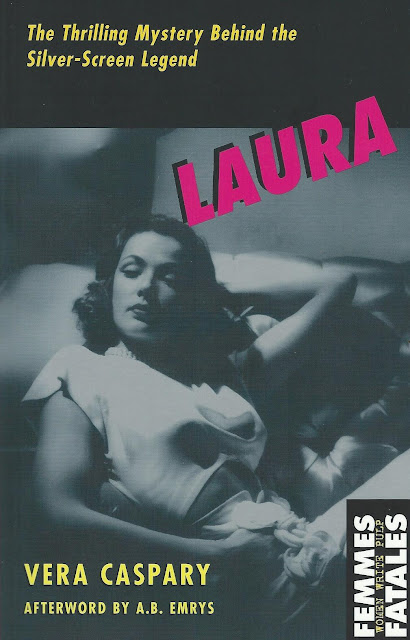 Here is a summary to conclude my short story reading in February, inspired by a suggestion from Richard Robinson at Tip the Wink. Since my last update on February 18, my short story reading has slowed down but I still got quite a few read before the end of the month.
Here is a summary to conclude my short story reading in February, inspired by a suggestion from Richard Robinson at Tip the Wink. Since my last update on February 18, my short story reading has slowed down but I still got quite a few read before the end of the month.Almost as soon as I finished Michael Gilbert’s Game Without Rules, consisting of eleven stories about two middle-aged spies, I purchased the second book, titled simply Mr Calder and Mr Behrens. I thought I would finish that book before the end of the month too, but I decided to slow down and savor the stories, as there won’t be more when I finish this book. I will be rereading them later I am sure.
The stories I have read so far are:
- "The Twilight of the Gods"
- "Emergency Exit"
- "One-to-Ten"
I finished up all the stories in Miniatures by John Scalzi. The remaining stories were all very short and very silly. I mainly bought the book because it was illustrated. Some of the earlier stories in the book I enjoyed, these later ones not so much. But I am still a fan of John Scalzi, his novels are just fine.
The stories I read are:
- "To Sue the World"
- "How I Keep Myself Amused on Long Flights: A Twitter Tale"
- "How I Keep Myself Amused on Long Flights: Part II: The Gremlining"
- "Life on Earth: Human-Alien Relations"
- "Morning Announcements at the Lucas Interspecies School for Troubled Youth"
- "Your Smart Appliances Talk About You Behind Your Back"
- "The AI are Absolutely Positively Without A Doubt Not Here to End Humanity. Honest."
- "Important Holidays on Gronghu"
- "Cute Adorable Extortionists"
- "Penelope" (poem written in 1991)
Mattaponi Queen is a book of short stories by Belle Boggs, set in Virginia and about life on and around the Mattaponi Indian Reservation. The book is described as a collection of linked stories, but I have not gotten far enough along to notice that yet. I have read the first three stories and liked them all. And what a gorgeous cover!
I read:
- “Deer Season”
- “Good News for a Hard Time”
- “Imperial Chrysanthemum”
This month I got a copy of Mississippi Noir (ed. Tom Franklin) especially because Megan Abbott's Edgar-nominated short story is in that book, plus the added bonus that I grew up in Alabama, and I have cousins in Mississippi, and visited them and their parents in a small town in Mississippi (Batesville) during my childhood.
All these stories are from the section titled Wayward Youth:
- "Uphill" by Mary Miller
- "Boy and Girl Games Like Coupling" by Jamie Paige
- "Oxford Girl" by Megan Abbott
- "Digits" by Michael Kardos
I also recently found a copy of New Orleans Noir: The Classics, edited by Julie Smith.
I read six stories from that book:
- "Rich" by Ellen Gilchrist
- "Spats" by Valerie Martin
- "The Man With Moon Hands" by O'Neil De Noux
- "Rose" by John Biguenet
- "Mussolini and the Axeman's Jazz" by Poppy Z. Brite
- "GDMFSOB" by Nevada Barr
All were good stories, and very, very noir. I have been curious about O'Neil De Noux, and I was very pleased with his story. "GDMFSOB" was the first thing I have every read by Nevada Barr and it was not at all what I expected.


























